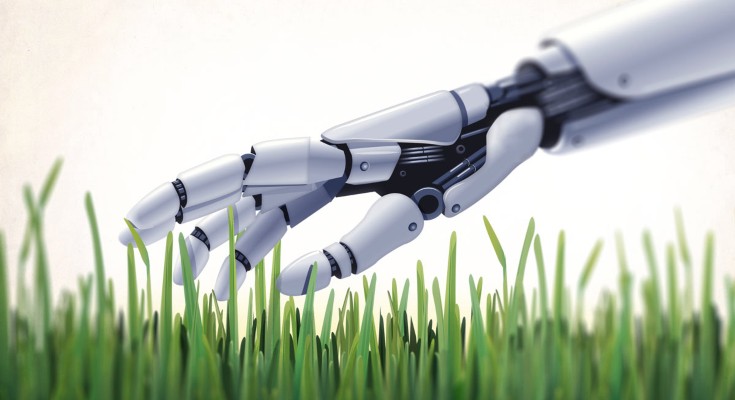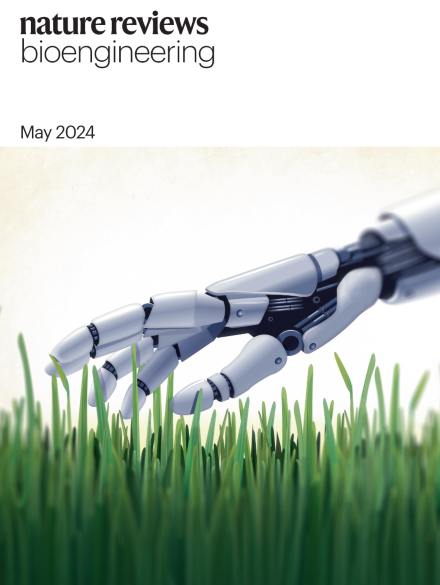
Our May issue
Prosthetic embodiment and mechanoneural-machine interfaces, machine learning for antimicrobial peptide design, biomaterials for adoptive cell therapy, artificial urinary biomarker probes and more

Prosthetic embodiment and mechanoneural-machine interfaces, machine learning for antimicrobial peptide design, biomaterials for adoptive cell therapy, artificial urinary biomarker probes and more
